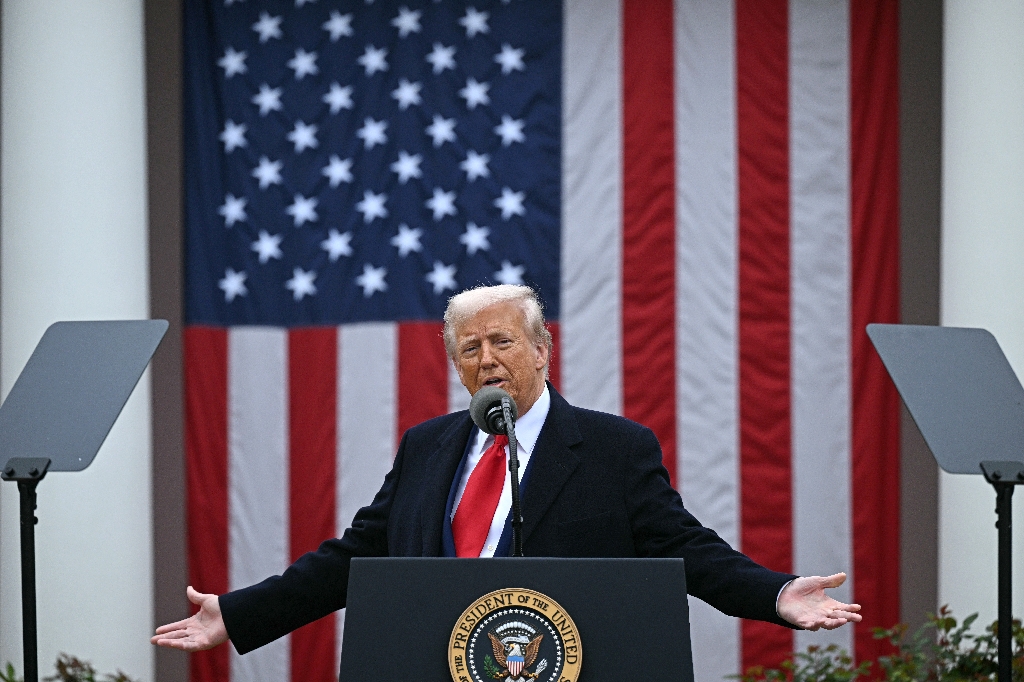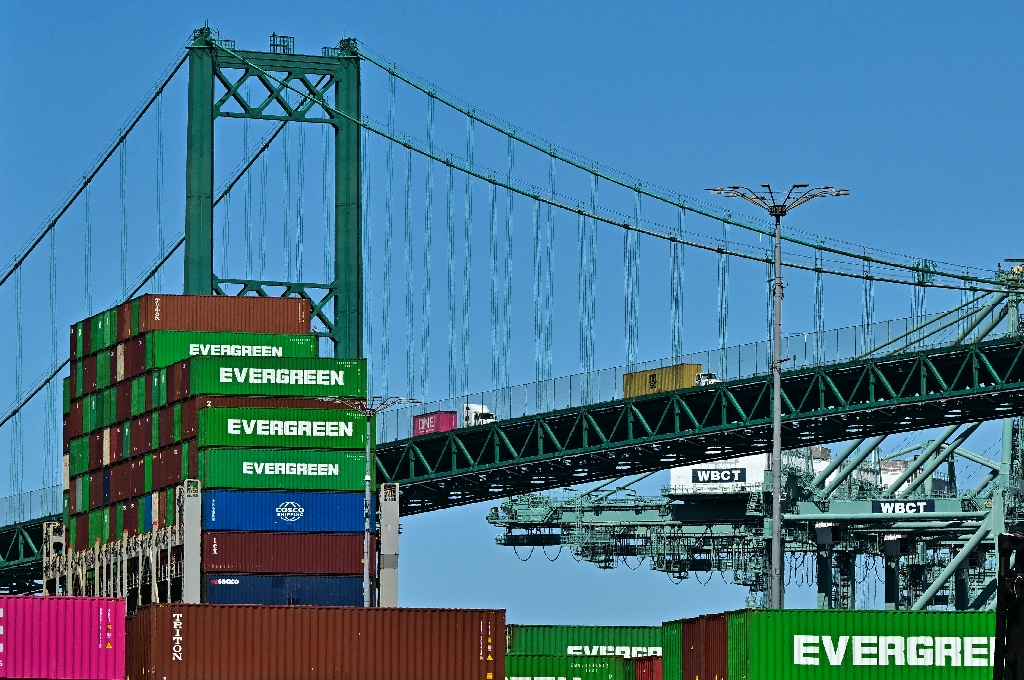(AFP) – US consumer inflation cooled in January but at a slower rate than expected, resisting President Joe Biden’s efforts to soothe families’ cost of living concerns in an election year.
The closely watched Consumer Price Index (CPI) rose 3.1 percent from a year ago last month, down from 3.4 percent in December, the Labor Department said on Tuesday. But this figure was above a MarketWatch median forecast of 2.9 percent.
“At a time when growth and employment remain strong, inflation declined by two thirds from its peak,” Biden said in a statement. “But we know there’s still work to do to lower costs.”
A measure stripping out volatile food and energy costs held steady despite expectations that it would ease further, adding to signals that the path to lowering inflation is a gradual and bumpy one. “Core” CPI rose 3.9 percent from a year ago, the same as in December, said the Labor Department.
The US Federal Reserve rapidly hiked the benchmark lending rate in 2022 to quell an inflation surge. The central bank is now holding rates at the highest level in more than two decades, to return inflation to two percent over the longer haul. CPI readings have fallen from a 9.1 percent peak in June 2022, and progress towards two percent is good news for policymakers — as is the economy’s apparent resilience as inflation cools.
But the Biden administration is struggling to convince voters that price pressures are easing, given that inflation is decelerating and this does not always translate to an outright drop in prices. Biden recently criticized “shrinkflation,” where corporations shrink packaging rather than lowering prices as supply chains unsnarled. “If you look at grocery margins, they’re exceptionally high,” Lael Brainard, who heads the National Economic Council, told CNBC.
“We’re going to keep highlighting junk fees, shrinkflation and asking corporations to pass those savings on so that consumers can see it in their grocery baskets,” she added.
In a speech in Pennsylvania, Treasury Secretary Janet Yellen acknowledged that the costs of some goods and services “are still too high.” “Addressing this is one of our top priorities,” she said, highlighting efforts to reduce health care costs.
– Food prices bite –
From December to January, overall inflation ticked up 0.3 percent, an acceleration from the December figure, according to the Labor Department. “The index for shelter continued to rise in January, increasing 0.6 percent and contributing over two thirds of the monthly all items increase,” the department said.
The food index also increased over the month, even as energy costs slumped, largely due to lower gas costs. “The drop in core inflation virtually ground to a halt last month, mainly because of shelter prices,” said Navy Federal Credit Union corporate economist Robert Frick. “Other service costs remain stubbornly strong, while the food price increases are particularly painful,” he added.
But Ian Shepherdson, chief economist at Pantheon Macroeconomics, expects core inflation to continue easing after what he called a “blip” this month. He added that “the numbers don’t change the big picture.”
– Rate cuts ‘not imminent’ –
“The latest data, which show a re-acceleration -– especially in the three- and six-month annualized readings –- support the Fed’s view that rate cuts are not imminent,” said economist Rubeela Farooqi at High Frequency Economics. “Officials are likely to remain patient as they approach future policy decisions,” she added.
Despite likely “inflation pessimism” for now, EY chief economist Gregory Daco said several factors “should still form the perfect mix for disinflation through 2024.” These include a pullback in consumer demand growth, declining rent inflation and moderating wage growth.
Federal Reserve Chair Jerome Powell “has indicated the Fed wants to see a continued streak of low inflation readings before easing policy,” Nationwide economist Oren Klachkin told AFP. – Beiyi SEOW




